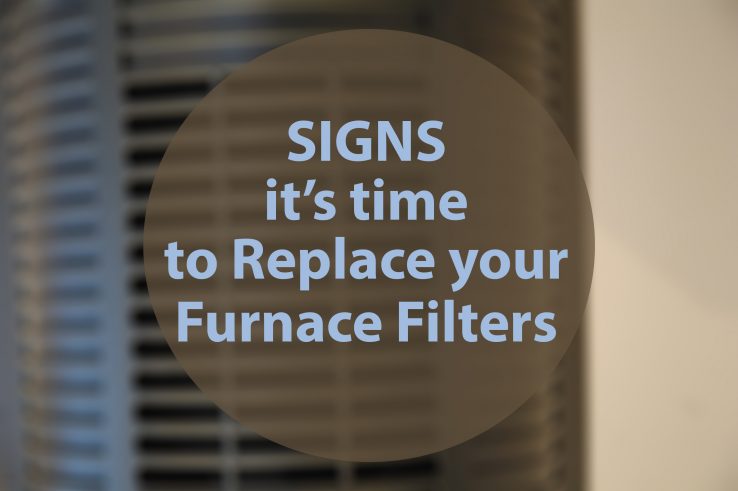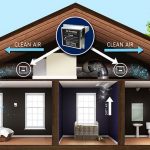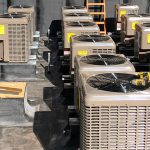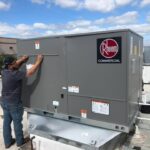When to Replace Your Furnace?
1. YOUR FURNACE IS MORE THAN 15 YEARS OLD
A modern furnace has a typical lifespan of around 20 to 30 years. While it is advisable to consider shopping for a new one at around the 15-year mark, there are also plenty of ways to make sure you get the most out of your existing furnace. For starters, be sure you’ve got the breakers and shut off switches properly set. Also make sure you swap out dirty, clogged filters for clean ones that allow for proper airflow.
If you’re just looking to save on your heating bill, one of the most obvious ways is to turn the heat down and wear extra layers. A programmable thermostat can be very helpful too. All you need to do is program the thermostat to drop the temperature when you’re either asleep or at work. You can also seal areas within your home that leak heat, such as doors and windows.
2. YOUR ENERGY BILLS AND EQUIPMENT REPAIRS ARE STEADILY INCREASING
Older furnaces have to work harder to produce heat, and as a result, your energy bills and repair costs steadily increase. Even if there isn’t a noticeable repair that needs to be made, you’ll still come out cheaper in the long run if you purchase a more efficient furnace unit.
3. THE ROOMS THROUGHOUT YOUR HOME ARE DIFFERENT TEMPERATURES
As a furnace gets older, it can become more and more inefficient until it loses the ability to distribute heat evenly throughout the house. As a result, some rooms can be colder than others.
4. YOUR HOME HAS SOOT AROUND THE REGISTERS
A furnace register is a ventilation duct cover that can be opened and closed. Although the terms “register” and “grille” are used interchangeably, registers differ from furnace grilles due to possessing dampers which allow them to control the airflow within a duct.
If you find soot (or dust/rust) around these areas within your home, then it means that your furnace has too much CO2. Difficulty keeping a clean house aside, this can cause excessive dryness which can damage furniture, flooring and plants. It can also cause itchy throats, dry eyes, as well as respiratory issues when inhaled. If you ever see a build-up of soot near your registers, it’s probably time to get a replacement.
5. YOUR FURNACE IS EXTRA NOISY
Furnaces can be kind of noisy, but if that noise gets louder over time, then you may want to consider a replacement. Possible telltale signs can come in the form of:
Rattling: This can indicate unsecured ductwork, loose screws, sheet metal, or even the lower furnace motor not being properly balanced.
Popping: This happens when parts inside of your furnace heat and cool in response to temperature changes.
Humming: Your fan motor is probably going to make a bit of noise, but if it’s to the point of disruption, you might need a furnace blower motor replacement.
Screeching/Squealing: If you hear these noises, you should probably assume your blower motor or inducer is damaged or worn out. It could also be caused by a loose bearing, deteriorating belt, or an issue with the pulley holding the belt.






